
Descubre y aprende
What Is The Difference Between Authentication And Verification?
Are you wondering what the difference is between authentication and verification? Authentication and verification are two important concepts in security that can be used to protect networks, systems, and data.
While these two terms are always used together, they have distinct meanings. Authentication is the process of determining the identity of a person or an object. Verification, on the other hand, focuses on confirming that something is true. To know more about these two concepts, read on.
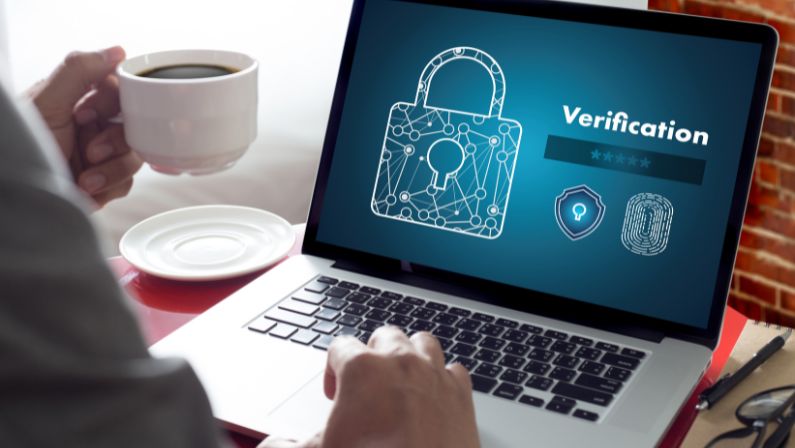
What is Verification?
Verification is more of a confirmation of what is already known. It is a process of confirming that something is true or valid. For example, when someone gives you their name, verifying it would mean checking to make sure that the person is who they say they are. This can be done by asking for proof such as an ID card or other documents.
Here are some examples for you to understand verification more:
ID Verification
This type of verification confirms an identity through official documents such as a government-issued ID card. This is usually done to protect against identity theft, fraud and other malicious activities. Some examples of accepted IDs for verification are bank statements, credit/debit cards, driver’s licenses, passports and Social Security Numbers.
IDs like these contain official watermarks, holograms, or other security features that are used to authenticate a person’s identity.
Document Verification
This type of verification is used to check the legitimacy and accuracy of documents. This can be done by verifying signatures, dates, or other vital information on the document. Document verification is usually done when signing contracts or agreements.
Data Verification
Identity Verification
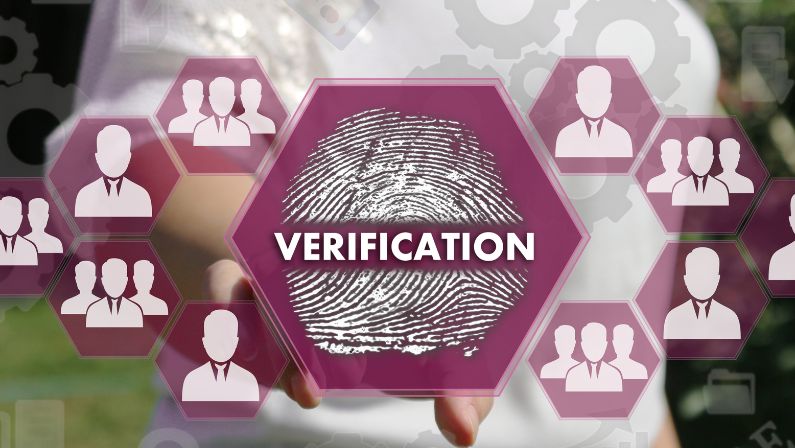
Why Verification is Important?
Verifying the accuracy and legitimacy of documents, data, and identities is essential in today’s digital world. It increases security and helps protect against identity theft, fraud, money laundering and other malicious activities.
Other reasons why verification is needed in some aspects include:
Maintains consistent data
Protects your data
Ensures more accurate positioning
Prevents duplicates
Reduces the costs associated with negative files
Reduces your overhead costs for prospecting and list cost
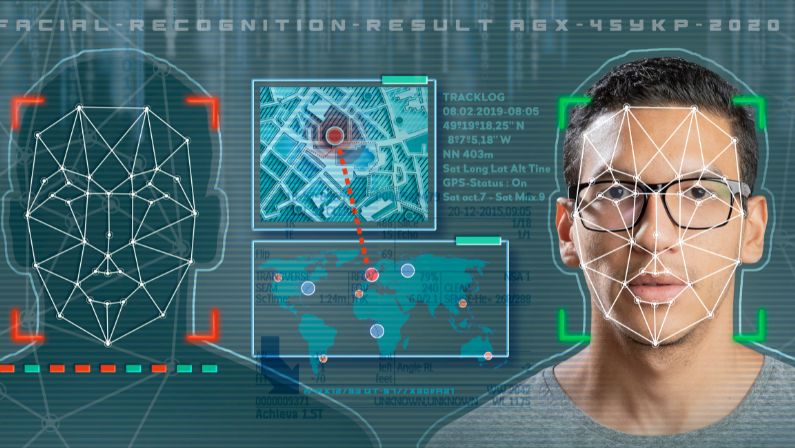
What is Authentication?
Authentication is the process of determining the identity of someone or something. It verifies if a person or object has permission to access certain information, resources, or services. Authentication usually requires proof such as a passwords, biometrics (fingerprints, voice recognition, etc), or other security tokens.
Here are three common authenticators that most systems nowadays rely on:
Something the customer knows
This could include passwords, PINs, or answers to security questions. Some systems may require you to make your own security question for more secure authentication. Although, among other authentication ways, this is the least secure.
Something the customer has
This could include ID cards, digital keys or other physical means of identification such as a passport. This is one of the most common types of authentication since it is the most secure.
Something the customer is
Biometrics such as fingerprints, voice recognition and facial recognition are used for authentication in many systems today. Most bank apps and systems require a fingerprint to access the account. This is far by the most secure and reliable way to authenticate someone’s identity.
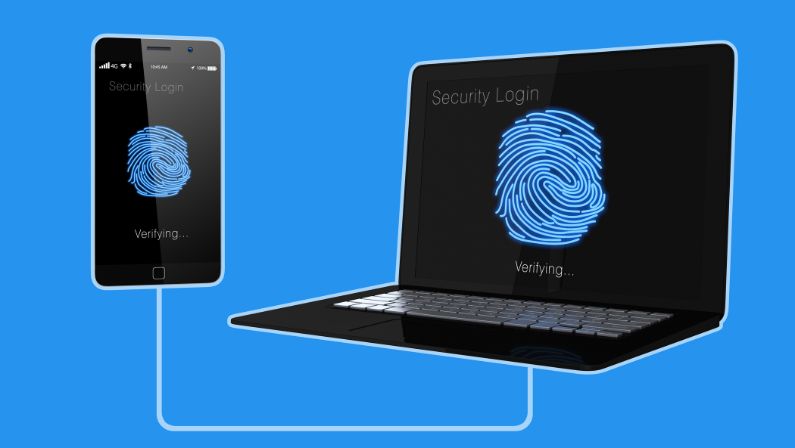
Why Authentication is Important?
The authentication process is important for maintaining the security and privacy of data, transactions, and services. Without authenticating access to certain information or resources, it would be difficult to protect them from unauthorized use or abuse.
Authentication is important due to these reasons:
It prevents unauthorized access authentication prevents
Authentication prevents unauthorized access to data and resources. Once a user is authenticated, only then can they access the requested information or services.
It develops trust with customers
Authentication helps develop trust with customers, as it helps to ensure that the data and services are secure. This can help build customer loyalty and increase customer satisfaction.
It protects your reputation
Authentication helps protect your reputation, as it ensures that only authorized users have access to sensitive information. This can help reduce the risk of data breaches and other malicious activities.
It provides accountability and traceability
It protects sensitive data
It safeguards intellectual property and brand value
It enhances the security of physical assets
It improves regulatory compliance and minimises liability risk
Different types of Authentication
Authentication is the process of verifying the identity of a user, device or system. There are various types of authentication methods that can be used to ensure security and prevent unauthorized access to sensitive data or resources.
In this response, we will discuss different types of authentication methods:
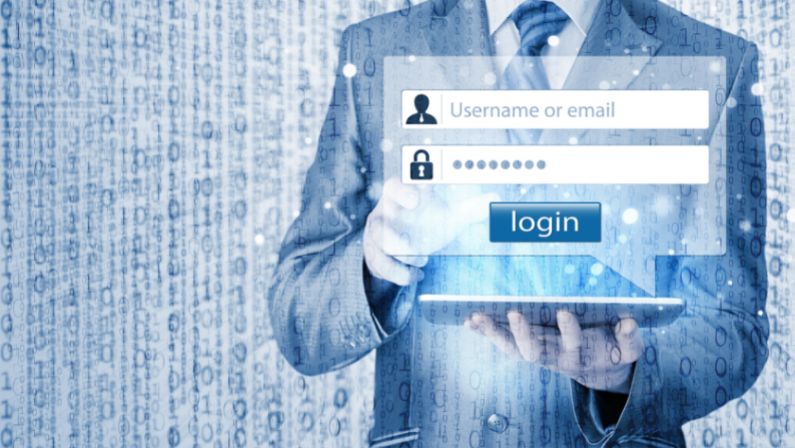
Password-Based Login
Password-based login is one of the most commonly used authentication methods, where a user is required to provide a unique combination of username and password to access a system or application. The system verifies the username and password against its database and grants access if they match.
However, password-based authentication is vulnerable to security breaches, such as password guessing, brute force attacks, and social engineering.
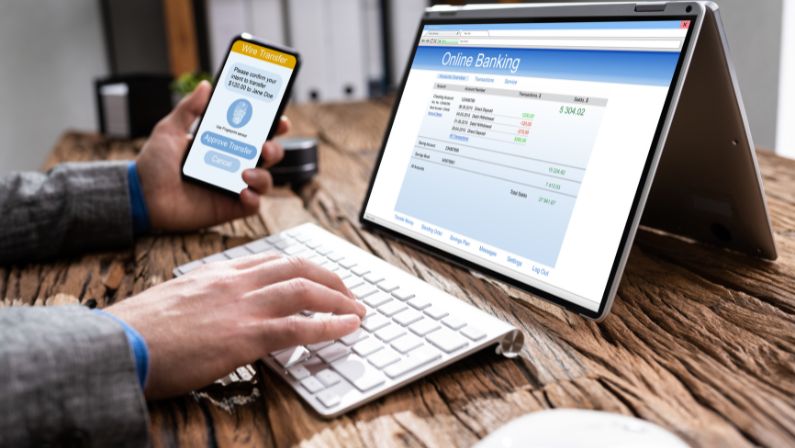
Multi-Factor Authentication
Multi-factor authentication (MFA) is a security process that requires users to provide multiple forms of authentication to access a system or application. MFA combines two or more authentication methods, such as a password, a biometric factor, a token, or a smart card, to increase security and prevent unauthorized access. By adding an additional layer of security, MFA can reduce the risk of security breaches.

Biometric Authentication
Biometric authentication uses physiological or behavioral characteristics to verify the identity of a user. Biometric authentication is often considered more secure than other authentication methods since it is difficult to forge or steal biometric data.
There are several types of biometric authentication:
Fingerprint
Fingerprint authentication is a common type of biometric authentication that uses the unique pattern of ridges and furrows on a person’s fingertip to verify their identity. Fingerprint scanners capture the image of the fingerprint and use complex algorithms to match it against the database of authorized users.
Retina and Iris
Retina and iris scanning are biometric authentication methods that use the unique patterns of blood vessels in the retina or iris to verify a person’s identity. These methods are highly accurate, but they require specialized hardware to capture the images of the retina or iris.
Facial
Facial recognition is a biometric authentication method that uses facial features, such as the distance between the eyes, the shape of the nose, and the contours of the face, to verify a person’s identity. Facial recognition technology has become increasingly popular in recent years, and it is used in various applications, such as security systems and mobile devices.
Voice Recognition
Voice recognition is a biometric authentication method that uses the unique characteristics of a person’s voice, such as pitch, tone, and cadence, to verify their identity. Voice recognition technology can be used in various applications, such as banking, customer service, and security systems.
Certificate-Based Authentication
Certificate-based authentication is a security process that uses digital certificates to verify the identity of a user or device. Digital certificates are issued by a trusted third-party called a Certificate Authority (CA) and contain information about the user or device, such as their public key. Certificate-based authentication is commonly used in secure email, web browsing, and virtual private networks (VPNs).
Token-Based Authentication
Token-based authentication is a security process that uses a token or a smart card to verify the identity of a user. The token contains a unique identifier that is used to authenticate the user, and it can be a physical device or a software application. Token-based authentication is commonly used in banking, payment systems, and network security.
Authentication vs. Verification: What’s the main difference?
The one main difference between authentication and verification is that authentication confirms the identity of a user, while verification confirms the truthfulness of an assertion. Authentication requires proof of identity to ensure that the person or entity accessing sensitive information is who they say they are, while verification requires additional evidence to prove something to be true.
For example, when verifying a customer’s address, you may need to show proof of delivery or a signed document. On the other hand, authentication requires providing two-factor authentication such as a username and password, digital key, or biometric identification.
Know the Difference Between Verification and Authentication!
In conclusion, verification and authentication are essential for protecting data, identities and other information from unauthorized access. Verification ensures accuracy and authenticity, while authentication helps protect against fraud and identity theft. Both of these methods must be used together to ensure proper security.
At Sumadi, we offer online proctoring solutions that combine both verification and authentication technologies to ensure secure online testing. Our solutions are designed to help organizations protect data, identities and other sensitive information from unauthorized access. Contact us today for more information about our services!
Última actualización el 6 de marzo de 2023

